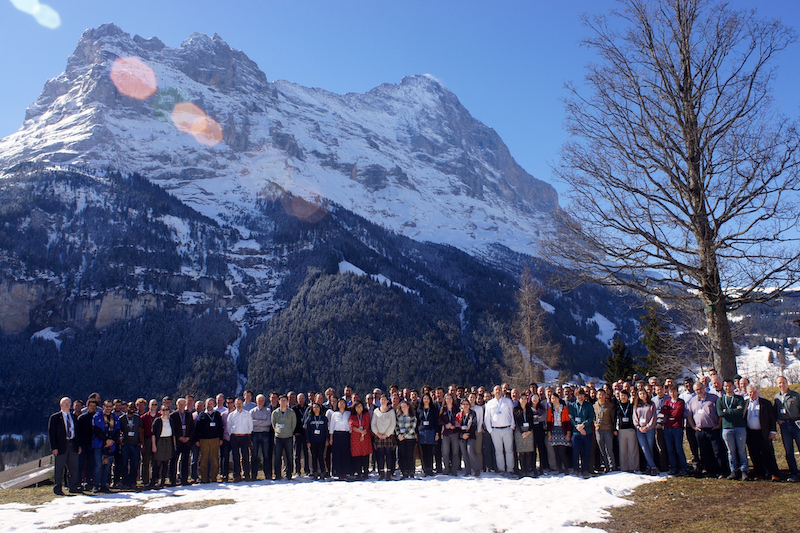Speaker
Description
Emission and absorption from the Earth’s atmosphere at infrared and optical wavelengths introduces a significant source of contamination for ground based precision RV spectroscopy. These telluric features not only add statistical noise and remove flux from our spectra, but introduce additional uncertainty because some of the telluric line strengths themselves are highly variable and not known a priori. I will present our latest methods for fitting and removing telluric emission and absorption in the HPF and NEID pipelines, and the potential of using these data for ancillary atmospheric science. We observe telluric emission simultaneously with the science data through a sky fiber that is offset from the science target. Telluric absorption is observed in the spectrum of the science target itself. We use laser frequency comb emission lines to measure our instrumental PSF at closely spaced regular intervals. To calculate the telluric emission line strengths, we simulate the level populations of the rovibrationally excited molecules (e.g. OH and O2) that give rise to the emission lines. To calculate the telluric absorption line strengths, we use atmospheric radiative transfer models to calculate the column densities of the absorbing species. Using the measured instrumental PSF and simulated line strengths, we then forward model the telluric emission and absorption lines and iteratively fit the forward model to the science data varying the molecular level populations until the best fit is found. These model fits not only provide a noise free way to correct for telluric emission and absorption, but also provide a long baseline of continuous observations for ancillary atmospheric science.
